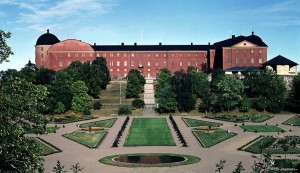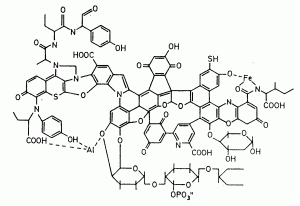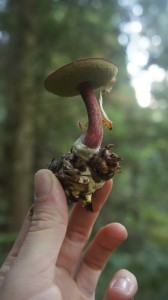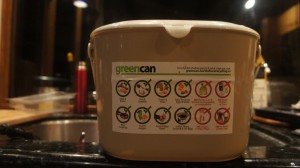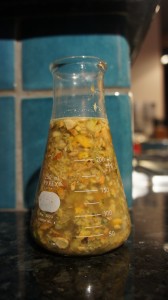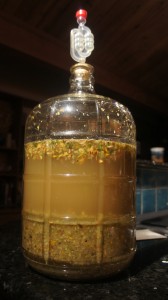As one of nineteen proposed Liquefied Natural Gas (LNG) export locations along the coast of British Columbia, the Woodfibre LNG project in Howe Sound, just South of Squamish has rallied many detractors. Scientists, residents and First Nations have all voiced their opposition to the project, citing concerns over everything from the dangers of natural gas explosions, falling world prices, and impacts on the environment (Yadullah, 2015).
While the potential for disaster from an LNG explosion and the “not in my backyard” response to freighter traffic from waterfront home owners in Howe Sound have been the most vocal oppositions, it is the direct and indirect environmental impacts of the project that are most worrisome.

The Woodfibre project would require approximately 17,000 cubic tonnes of seawater per hour in order to cool the natural gas (methane) to -162C for liquefied transport (Finn, 2014). The water would be chlorinated and returned to the ocean 10C warmer; a process that has been banned in California and Europe (Finn, 2014) due to environmental concerns. Over the course of a twenty five year contract, the amount of chlorine emitted into Howe Sound, not to mention other fuels, oils and chemicals simply from day-to-day operations would be immense.
While opposition is mostly regarding the Woodfibre site itself, the larger issue would seem to be just where the natural gas will come from in the first place. The project, if given approval, has a 25 year export license, with British Columbia obligated to supply 2.1 million tonnes of LNG every year (Woodfibre). If the Woodfibre, and just four of the other nineteen proposed LNG facilities were built, British Columbia would need to produce four to five times the amount of natural gas as we do today (McElroy, 2015). Currently, this natural gas is produced by means of hydraulic fracturing, which is fraught with its own environmental concerns over the disclosure of chemicals used in the fracturing process and links to fracturing-induced earthquakes; the most recent of which, a 4.6 magnitude quake on August 22 occurred in Fort St. John (Trumpener, 2015).

Entering into long-term LNG export contracts would put tremendous pressure on the natural gas industry to expand production through hydraulic fracturing, which as of yet has no industry-wide regulatory assessment and framework (BC Oil and Gas).
Howe Sound was once the most polluted waterway in North America due to the Brittania Copper Mine, and after nearly a century, herring, salmon Orca and Humpback whales and Pacific White-Sided dolphins are finally returning. It seems counter-intuitive to begin systematically heating and polluting these waters so soon after they have recovered. With eighteen other LNG facilities proposed, and a worldwide decrease in demand for natural gas (Yadullah, 2015), is the Woodibre project and its associated risks necessary?
References:
BC Oil and Gas Commission. (2015). Retrieved from https://www.bcogc.ca/search/site/fracking
Finn, E. (2014). Woodfibre LNG: why we need to be oncerned. Live presentation.
McElroy, J. (2015). New Report Claims BC has Much Less Natural Gas. Global News.http://globalnews.ca/news/2018762/new-report-claims-b-c-has-much-less-natural-gas-than-government-claims/
Trumpener, J. (2015). Fracking Halted Temporarily after 4.6 Magnitude Earthquake. Huffington Post.
Woodfibre LNG: The Project. Retrieved from http://www.woodfibrelng.ca/the-project/about-the-project/
Yadullah, H. (2015). Woodfibre LNG Opposition Heats Up. Financial Post. http://business.financialpost.com/news/energy/woodfibre-lng-project-opposition-heats-up-as-fortisbc-inc-challenges-squamish-permit-denial

